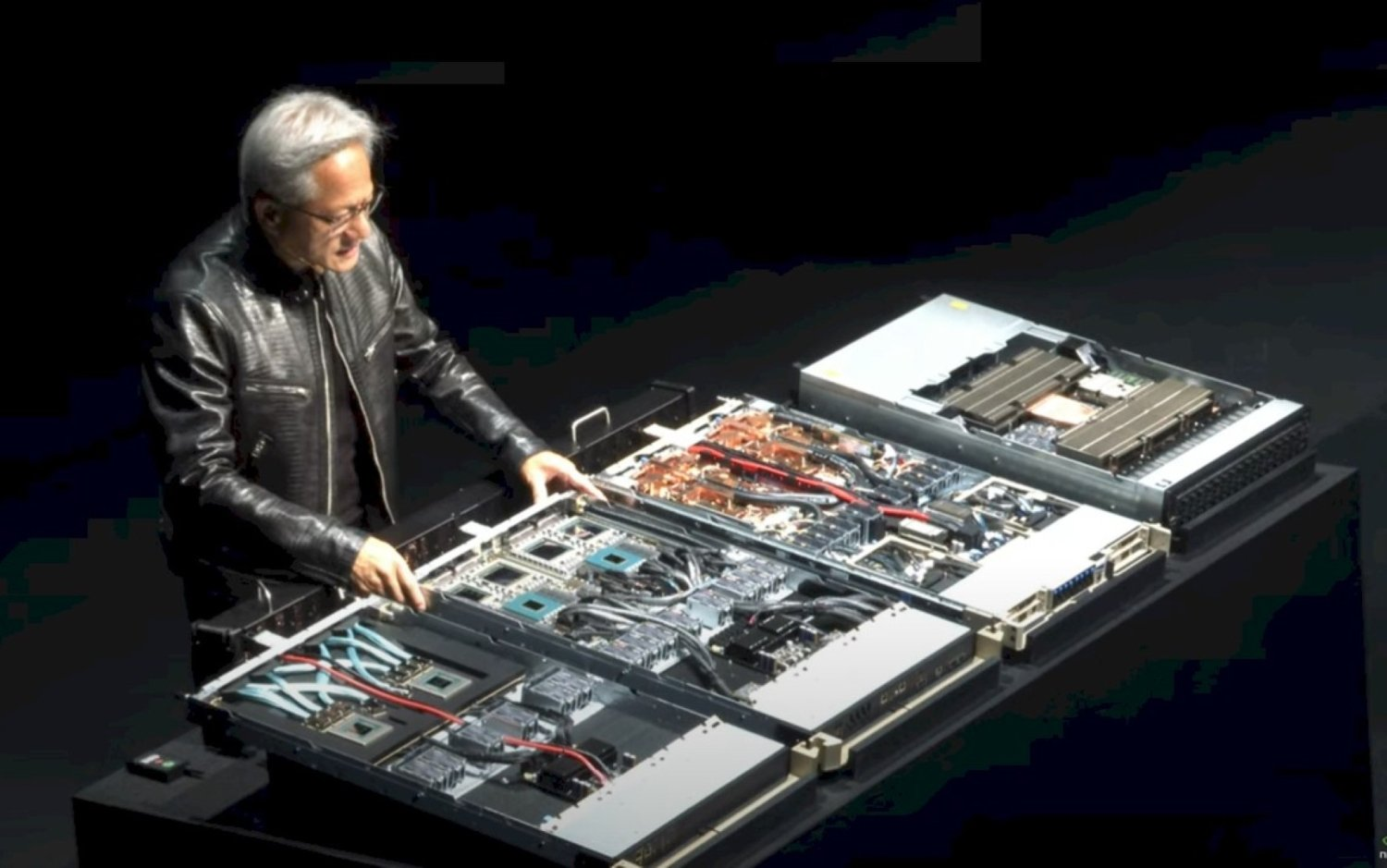NVIDIA Plans to Adopt Microchannel Cover Plates for Rubin Ultra, Targeting Optimal Performance per Watt
As GPU power demands continue to rise with every generation, NVIDIA is exploring a major leap in cooling technology for its upcoming Rubin Ultra AI GPUs. According to reliable source @QQ_Timmy on X, the company is preparing to implement microchannel cover plates (MCCP) as part of a new direct-to-chip cooling strategy, designed to push efficiency and thermal management to new heights.
For context, maintaining sufficient cooling has become a critical challenge in next-generation AI systems, where GPUs now consume increasingly high levels of power under sustained loads. Traditional cold plate designs and standard liquid cooling loops are struggling to keep up, prompting NVIDIA to explore microchannel-based cooling, which promises lower thermal resistance and improved heat transfer efficiency.
Excessive Concerns Over Microchannel Cover Plate Issues; Growth in Rubin GPU and ASIC Demand to Boost Liquid Cooling Revenue in 2026.
— 駿HaYaO (@QQ_Timmy) October 4, 2025
The market previously rumored that cooling for the Rubin GPU (TDP 2.3kW) might adopt a microchannel cover plate (MCL), but recent updates… pic.twitter.com/JFCj1Yrc6C
Microchannel cover plates are an advanced form of direct-die liquid cooling commonly used in high-performance computing and extreme overclocking. The design uses a copper cold plate embedded with tiny microchannels that allow coolant to flow directly across the chip surface. This technique significantly improves local convection and reduces thermal resistance between the GPU die and the cooling liquid.
While NVIDIA’s existing liquid-cooled data center GPUs already rely on cold plates, MCCP introduces more precise, localized cooling zones that improve efficiency and power density management. By integrating this technology directly into its Rubin Ultra architecture, NVIDIA could achieve better performance-per-watt ratios and sustain higher boost frequencies without thermal throttling.
NVIDIA’s transition from Blackwell to Rubin marks another massive performance leap, but also brings higher power draw and heat output. As the company’s GPU architectures scale up in transistor count and frequency, power density becomes increasingly difficult to manage. The Rubin Ultra lineup, aimed at hyperscale AI and HPC deployments, will demand innovative cooling to maintain stability and maximize energy efficiency at rack scale.
This technological evolution aligns with the growing industry shift toward direct liquid cooling solutions. It is reported that NVIDIA has reached out to Asia Vital Components (AVC), a Taiwanese thermal solution supplier, to develop the MCCP system for Rubin Ultra. Originally, this cooling solution was intended for the base Rubin model, but due to accelerated development schedules, NVIDIA now plans to integrate it with Rubin Ultra instead.
Interestingly, this move parallels Microsoft’s microfluidic cooling research, which takes a similar approach but pushes even further with “in-chip cooling”, where coolant flows through microfluidic channels located directly inside or behind the silicon die. Both methods aim to solve the same problem, dissipating unprecedented thermal loads efficiently while maintaining high compute density.
With Rubin Ultra expected to represent NVIDIA’s most thermally demanding AI GPU lineup yet, this shift toward MCCP could mark a defining step in next-generation data center cooling, blending engineering innovation with performance optimization at scale.
What are your thoughts on NVIDIA’s adoption of microchannel cooling? Could this become the new standard for future AI and data center GPUs?

